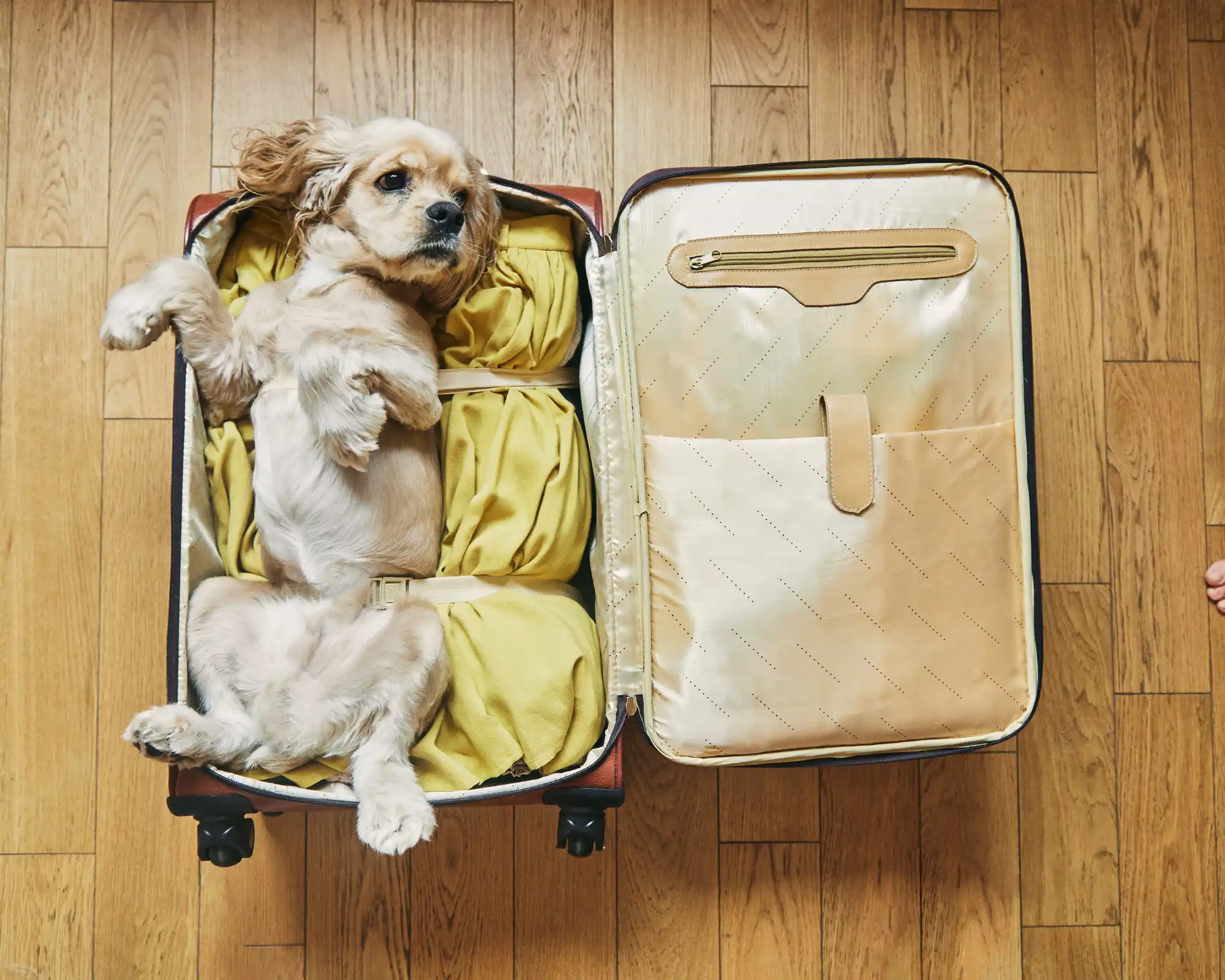Overview
In today’s article, we will provide a comprehensive guide on how to prepare for pet travel, with the discussion primarily focusing on air travel. It covers essential preparations and considerations to ensure a smooth journey for both pets and their owners.
- Pet travel is a term associated with relocating or moving pets internationally by air.
- The common reasons behind pet travel may be due to a variety of scenarios, including international relocations, competitions, and vacations.
- Import regulations vary by country and depend on factors like the pet’s breed and health status. Always check specific requirements for both the destination and origin.
- Crate training is vital for helping pets acclimate and feel secure during travel. Sedation is strongly discouraged; instead, focus on crate training well before departure.
Essential preparation steps:
- Microchipping: Crucial for pet identification and travel.
- Vaccinations: Ensure pets are up-to-date with basic vaccines, especially rabies.
- Health certificates: Necessary to prove pets are fit to travel.
Travel methods explained:
- In-cabin: Often limited to small pets, and service animals.
- Excess luggage: Pets travel in the hold; requires proper crates.
- Cargo: Specialised handling well adapted to big size animals and difficult breeds.
By following these guidelines, pet owners can ensure a safe and enjoyable journey for themselves and their pets. Always touch base with a trusted pet moving professional for up-to-date information and assistance. Happy moving, happy pet!
Paws on the go: Introduction to pet travel
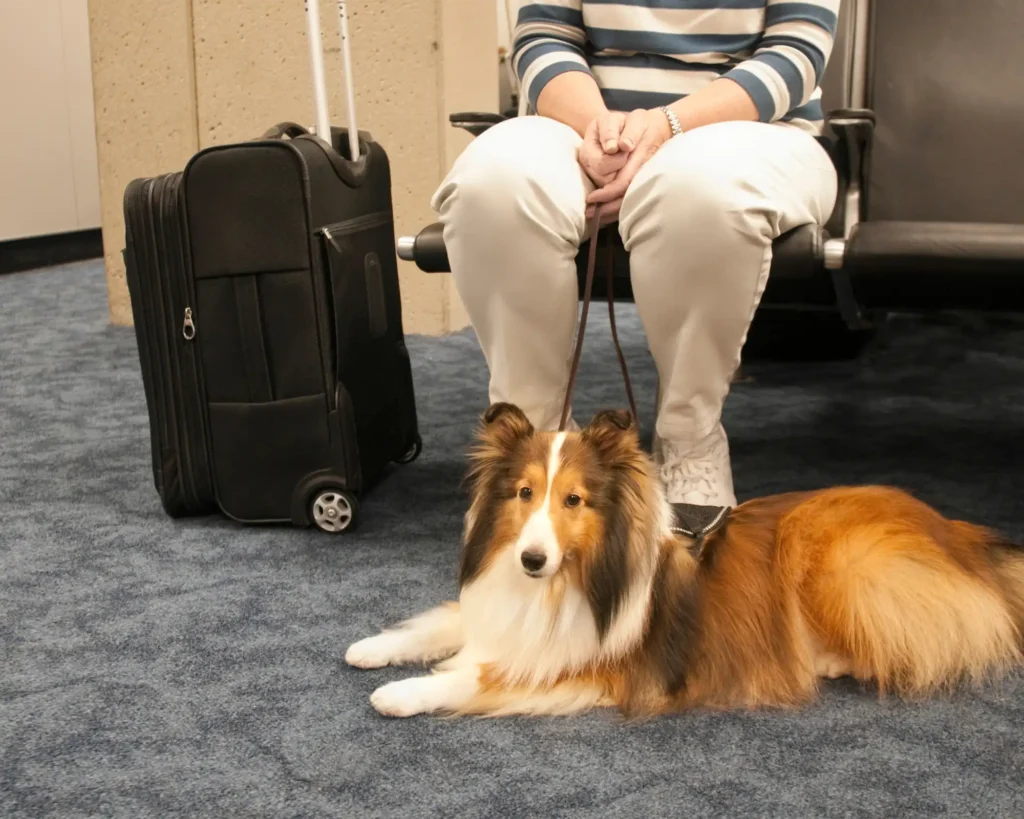
Pet travel, or pet relocation is most commonly known as a term used to move a domestic pet internationally by air, but pet travel is a lot more comprehensive than that. For example, it may include zoo transfers, competitions, and livestock. The animals can also travel either by air, sea, land or railway.
In this blog post we will mostly focus on air travel for domestic pets and how you as the pawrent can best prepare yourself and your fur baby for your next adventure.
Top reasons for travelling with a pet
As a professional pet travel agency, we encounter many pet owners in different situations and with varying reasons to travel their pets.
The two most common reasons are international relocations and expatriations, and personal holidays. In both cases, many of the pawrents we talk to are first, or few timers with many questions and pain points.
We hope to address and answer some of the most frequent concerns throughout this blog post so keep on reading. And if you still have things you wonder about when you get to the end, don’t hesitate to contact us to discuss more with one of our pet travel specialists.
Tips for travelling with pets: What to expect?
One common mistake many pet owners make when starting to plan their move or holiday with a fur ball is to listen to their friend, colleague, neighbour, etc who already travelled with their pet thinking their experience will be the same.
Pet travel requirements will be different depending on several factors including:
Where you are travelling to
Every country has their own requirements in place regarding the import of live animals. They will require the animals to be of a certain age, put restrictions on certain breeds, require current vaccinations and proof of immunity through blood testing etc.
Those requirements are more or less strict depending on the country you are travelling to, but what you might not be aware of is that they can sometimes be different depending on the country you’re coming from.
Where you are travelling from
Disease control is one of the main reasons countries impose restrictions on import of live animals, and in particular rabies. Rabies is 100% fatal in animals if contracted, and at the same time 100% preventive through vaccination. Several countries have managed to eradicate or highly manage the disease, whilst many countries still struggle with high risk of rabies contamination. Therefore, pets originating, or having visited a high-risk rabies country prior to travelling may become subject to stricter import restrictions than animals that have not.
A few common examples of countries with different import requirements depending on where the animal is coming from are Singapore, Australia and the United States (for dogs).
Cherished companion: Your pet
Now having taken into account the departure and arrival countries, you must not forget that pet travel requirements are often different depending on the pet itself.
The most common things that could restrict your pet from travelling are age, health issues and the breed.
The restrictions will be put in place by either the arrival countries and/or the airlines.
When it comes to age, many countries and airlines will impose a minimum age restriction. In some cases the age limit is not clearly stated but will be an indirect result of clinical requirements such as vaccinations and blood tests. The most common minimum age limit is 16 weeks.
All animals travelling internationally need to be accompanied by a health certificate, either issued by an authorised, private veterinarian, or by an official government veterinarian depending on the travel route and method. The reason is to establish that your pet is in good health to travel and to verify that it meets all the import requirements of the country you are travelling to.
Even though this health check and document is mandatory, we strongly advise you to talk to your veterinarian well in advance about whether your pet is fit to travel or not. This may not always be dependent on their physical health, but can also be impacted by their mental health.
For example a highly anxious or aggressive pet, if your pet is old, is on medication or has a history of cardiac or respiratory conditions or seizures, sometimes bringing them along is not the best option, although we would like to think that keeping them with us is always what’s best for them.
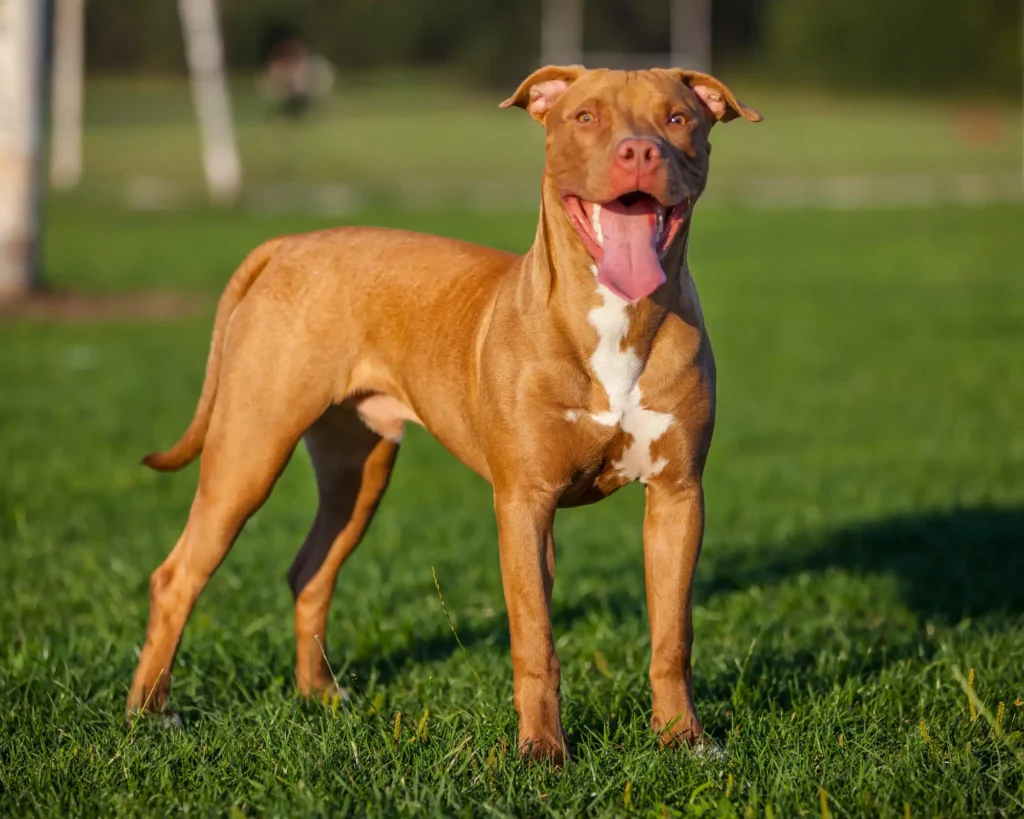
The breed restrictions are usually put in place for the safety of the pets and the airline staff, and sometimes the general public safety.
A well known example are the snub nosed breeds (Bulldogs, Boston terriers, Pugs, Shih Tzus, British Shorthair cats, and many more) who run a high risk of suffering from Brachycephalic Obstructive Airway Syndrome (BOAS). Airlines often reject these pets from travelling with them altogether, or restrict them from flying during certain seasons, to, and from certain parts of the world, and will only accept them using certain travel methods.
Other breeds that are considered aggressive and may therefore pose a threat to the handling staff or the public safety may be banned from import to, or from living in a certain country, travelling with certain airlines, or be imposed to stricter requirements regarding their travel crates and methods. Some common examples of such breeds are Pit Bulls, Rottweilers, American Bullies, and Akitas). Also hybrid breeds may be considered as aggressive breeds but will most likely be banned or restricted for other reasons since they originate from endangered species of wild animals.
What are the basic requirements for international travel?
As we mentioned earlier, the requirements for international pet travel will depend on several factors, however as a general rule you can anticipate some of the basic requirements and prepare your pet from an early age if you think you might want to (or need to) bring it overseas one day.
Microchip
Implanting a pet microchip is a painless procedure that will provide pets with an identification and help reunite lost dogs and cats with their owners.
In addition to being a secure way to identify lost pets, it is also the first step towards getting your pet ready for international travel.
For travel purposes, the microchip should be implanted before any other steps in the travel preparations. For example, vaccinations that are given before a microchip is implanted are not valid and accounted for for travel.
So whether you plan to travel with your pet or not in the future, implanting a microchip is always a good idea.
How to prepare for pet travel? Have your pet microchipped as soon as possible. Regular veterinary checkups are important for updating and detecting errors before the flight.
Rabies and other common vaccinations

Depending on what country you are living in, the recommended vaccinations may vary. Talk to your veterinarian to make sure your pet is up to date on the vaccinations required/recommended in your country.
For travel, common vaccinations that will be required are rabies for both dogs and cats, DHPP (5-in-1) for dogs that includes Canine distemper virus, two types of adenoviruses, hepatitis and kennel cough, and FVRCP (3-in-1) for cats and protecting from feline panleukopenia, rhinotracheitis, and calicivirus.
How to prepare for pet travel? Vaccinating your pet before the flight is highly advised, no matter where you are heading to. It keeps your pet healthy and fit for air travel. Always discuss with your trusted veterinarian for an up-to-date vaccination schedule.
Rabies Neutralising Antibody Titre Test (RNATT)
The RNATT, also known as FAVN, or Rabies titer test, is one of the most commonly required blood tests in pet travel.
However, depending on the country your pet will travel to, the validity and timeframe for taking the test may vary. Therefore, unless you have specific travel plans in mind, we do not recommend you getting your pet tested.
Now having said that, many countries will require a mandatory waiting period from the day the blood is drawn for this test, ranging up to half a year! So although we do not recommend you getting the test in advance, we highly recommend that you get in touch with a professional pet relocation specialist, or at least study the import requirements of your destination country (only trust the official government websites since other online sources are not always up-to-date) to make sure you start to prepare your pet in time. In our experience, one of the most common pain points for our clients is that they are starting out the process too late, leading to additional boarding fees, less flexibility for available travel methods, and a lot of unnecessary stress.
How to prepare for pet travel? The test result may take several weeks to arrive, so staying two steps ahead is a clever move. Consider booking your flight only after receiving the RNATT result to avoid delays.
Travel methods
When travelling by air, there are three ways for your pet to travel: as manifest cargo in the hold, as excess luggage in the hold, and in-cabin accompanied by a human passenger.
Read on to understand the difference between the three travel methods and what factors often impact the choice of travel method.
In-cabin
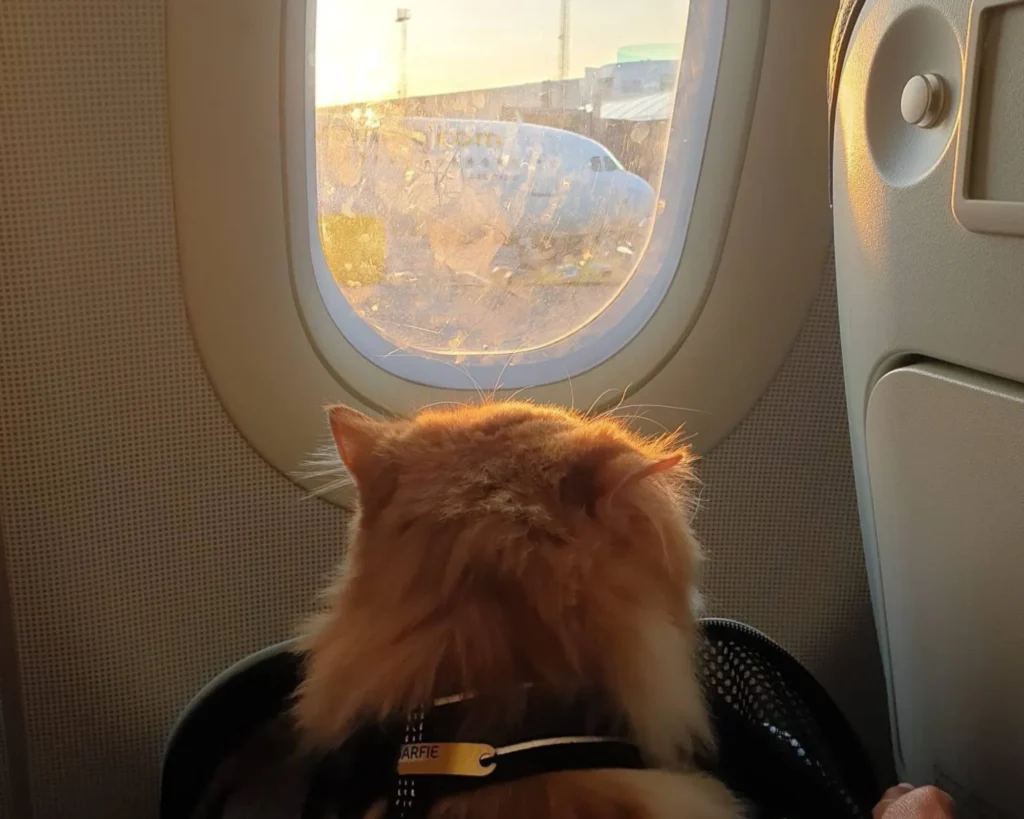
This has become one of the most sought after and preferred choices of many pawrents since the pet is literally travelling next to you, or at your feet. It reassures the owners since they feel like they are in full control of the travel experience of their pet.
Travelling in-cabin on commercial flights is limited to small pets and service dogs by most airlines, and the limitations may vary depending on the airline and the flight route.
As a general rule, with the exception of trained service dogs, pets over 7 kg, or light weight but tall are not suitable, nor allowed to travel in the cabin since they will need to stay in a soft carrier that can be stored under the seat in front of their owner. Airline staff would rarely let you take your pet out of the carrier during the flight, with the exception of inside the lavatory.
Now you will see all sorts of comments regarding flying your pet in the cabin, that your pet may still be allowed onboard if they can’t stand up and turn around in the carrier, or if they are slightly overweight… or that they were allowed to sit on your lap throughout the whole flight. To this, we would say it’s much like tempting to bring oversized, overweight hand luggage on your flight.
Sometimes you’re lucky and sometimes you’re not. But with pets, if you are not lucky, it would mean your pet is getting rejected from boarding the plane. And in case you are “lucky” and your oversized pet is allowed to board with you in the cabin, imagine having to stay the whole flight in a carrier that’s too small for you, not being able to stretch your legs.
In our opinion, in-cabin travel is a great option for small, quiet pets who do not get easily unsettled by sensory inputs, because from door-to-door they will be experiencing many new sounds, smells, temperature changes, and different types of movements from being carried around in a soft bag.
Another option is to bring them in the cabin on a private jet with less restrictions and more flexibility to accommodate for a pleasant travel experience for both yourself and your pet.
Excess luggage in the hold
The aircraft hold is situated below the passenger deck (on commercial airplanes) and is used to hold the luggage and cargo in the aircraft. An animal can be transported in the “hold” as either luggage or as cargo, how it’s classified will depend on how you book it on the flight.
When a pet is booked as excess luggage, it’s added to a passenger ticket similarly like an additional luggage, and will be checked in like a suitcase at the airport. Animals traveling in the hold have to travel in IATA compliant travel crates, often made of hard plastic or wood to protect both the animals and the airline handlers.
The handling process will vary depending on the airline you’re flying with and the airports you are travelling to, from and via. But be reassured that as soon as an airline accepts a pet onboard a flight, they need to abide with the IATA guidelines for live animal handling (LAR).
Cargo in the hold
As mentioned above, if your pet is booked on a commercial aircraft it is most likely travelling in the same compartment if booked as cargo or luggage. What will greatly differ is the handling processes on the ground before departure, during transit and at arrival.
Depending on the airline and airports, the pets may be kept in different, temperature controlled warehouses or even animal lounges waiting to board, they may be transported on pallets or in temperature controlled vehicles, loaded using lifts or other special equipment for a smoother experience and with less sensory inputs.
In addition to the handling, customs procedures, document verification, and veterinary inspections may vary if your pet travels as cargo or luggage. Some countries will only allow pets to enter the country by air as cargo to ensure the import procedures and controls are executed correctly.
Animals are more likely to be allowed onboard a flight as cargo rather than as luggage or in-cabin, allowing them to ensure stricter implementation of the IATA LAR procedures and higher expertise in handling live animals.
Crate training
So in addition to having your pet microchipped, vaccinated and getting in touch to check the specific requirements that apply for your pet’s travel case, there is one more thing that you can start working on well in advance of finalising your travel plans; crate training.
One of the most common questions regarding pet travel is whether or not to sedate your pet before travelling.
At Purrfect Pilots we never recommend sedating or relaxing a pet using medication prior to boarding since it may lead to cardiac and, or respiratory problems during the flight. However, if your pet is easily anxious or stressed, what you can and should do is to start crate training it early on. Crate training can even be beneficial even if you don’t plan to travel with your pet since it helps create a safe space for your fur baby to withdraw and remove itself from stressful environments and situations.
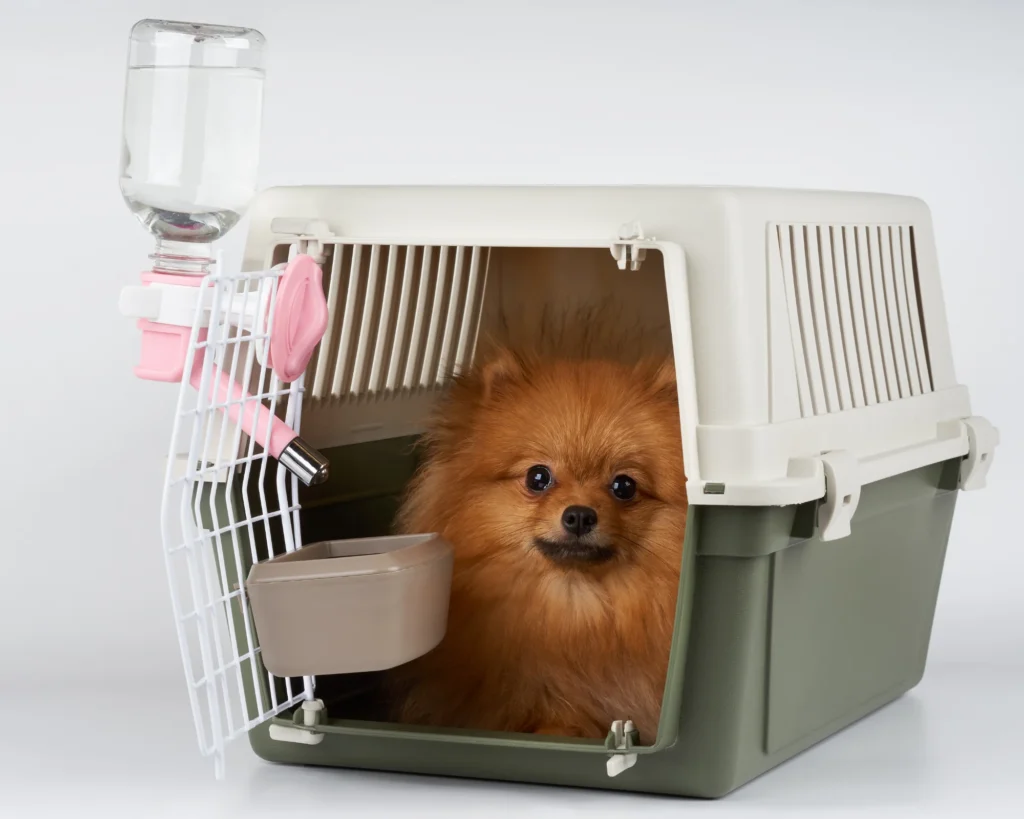
If your pet has been successfully crate trained, it will want to go into the crate and stay there when the outside environment is uncomfortable, which means that your pet will be feeling at its safest during travel while staying inside the crate.
On the contrary, if you have skipped the crate training and your pet feels like it’s being locked up inside the crate, it will try its best to escape it. This can lead to broken claws, scratched snouts, or even worse animals loose on the airport tarmac!
How to prepare for pet travel? Whatever you do, you can never overlook crate training. Start as early as possible since each pet may adapt differently. Remember to be patient and consult with your veterinarian for adjustments and tips.
Summary
When going on a pet adventure, good preparation and time management are essential. What are the benefits? By starting out early to understand import regulations of your destination country, getting your pet properly vaccinated and working out the best travel arrangements, both you and your pet are set for a smooth and stress free travel experience.
If you’re planning to travel with your pet, start early by following the guidelines in this article. Our team of specialists are ready to help you dive deeper into any questions related to pet travel. You can confidently move your pet overseas on your own and/or you want us to just handle it all for you.
For personalised advice and assistance, reach out to our team of specialists who can help navigate pet relocation from day one. To ensure a smooth sailing for you and your furry friend — contact us today!


